A small cadre of Retina MacBook Pro owners are calling for Apple to replace or repair their laptops after discovering what appears to be irreparable damage to an antireflective screen coating layer, a problem the group has dubbed "staingate."
Staingate problems manifest in splotches, streaks and other surface anomalies attributed to faults in the antireflective coating applied to a Retina MacBook's display surface. The origin of this "staining" is unknown, though some have speculated a combination of high humidity and over cleaning might be contributing factors.
Judging from pictures posted to Staingate.org and a related Facebook community, both set up to track and compile data from affected users' machines, marring seems to present itself when a screen comes into contact with foreign objects like keyboard keys or a user's fingers. In many instances the "stains" crop up in the periphery, especially in corners and areas one might expect to be frequently touched.
For example, multiple affected MacBooks exhibit streaking near the FaceTime camera, an area often touched — and consequently cleaned — when opening the laptop. More severe cases, like the example pictured above, show damage across the screen's entire viewable area.
It is not yet clear how many MacBooks are suffer from "staingate" issues, but it seems to be limited to recent-generation MacBook Pro with Retina display models, especially those built in 2013.
In an anecdotal report provided to the BBC, one affected user claims Apple put a cap on screen-related AppleCare repairs after replacing his panel two times in as many years. A previous screen replacement lasted only one month before exhibiting the same problems, the person said.
Apple has yet to recognize the problem officially, but reportedly told members of Staingate.org that it is "cosmetic damage and it is not covered by the warranty." Out-of-warranty repairs can come in at a hefty $800 depending on screen size, Staingate.org said.
A Change.org petition was started five months ago in hopes of rallying support to force Apple into action and is currently about 580 participants shy of a 2,500-signature goal. In addition, law firm Whitfield Bryson & Mason reached out to the Staingate Facebook Community to explore the group's legal options.
Apple faced similar pressure from its customers in 2013 over a rash of early-2011 MacBook Pro failures linked to malfunctioning discrete GPUs. After ignoring multiple calls to fix the growing problem, Apple was hit with a class-action lawsuit before initiating a repair extension program in February.
 Mikey Campbell
Mikey Campbell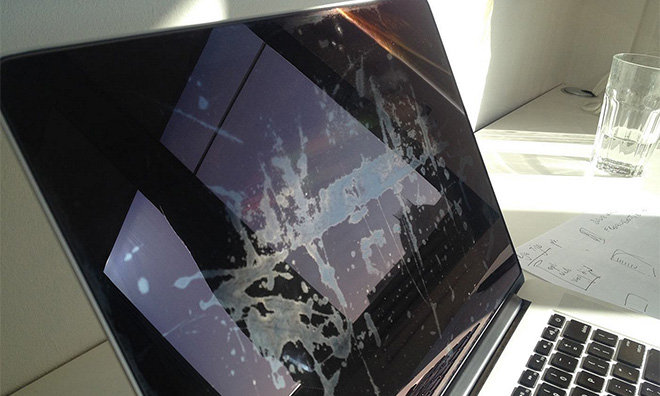
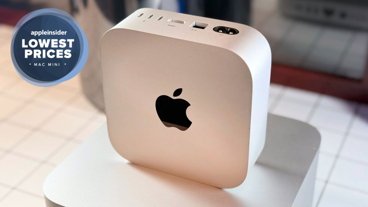
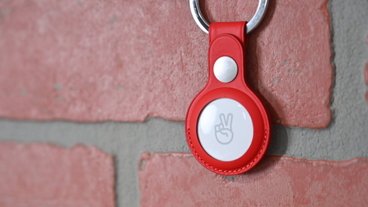


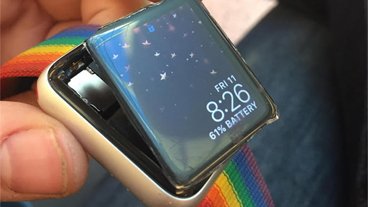
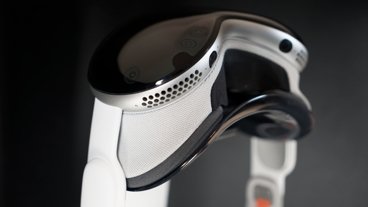

-m.jpg)


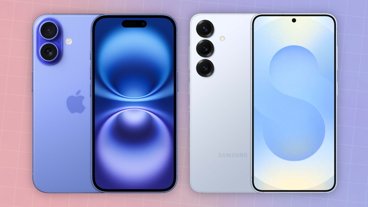
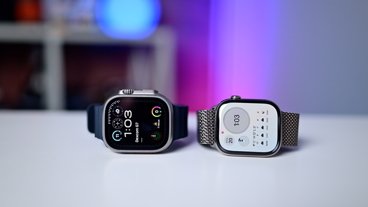


 Charles Martin
Charles Martin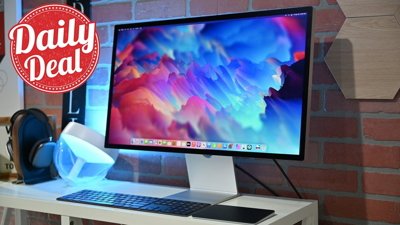
 Christine McKee
Christine McKee

 Malcolm Owen
Malcolm Owen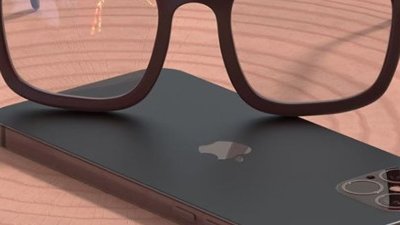
 Amber Neely
Amber Neely
 Andrew O'Hara
Andrew O'Hara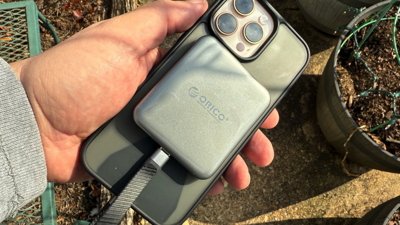
 Mike Wuerthele
Mike Wuerthele
 William Gallagher
William Gallagher
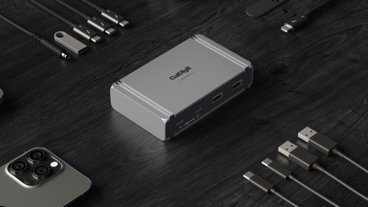
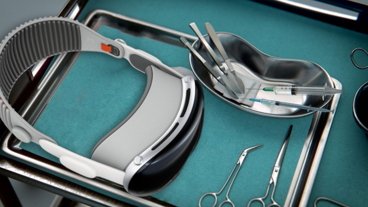
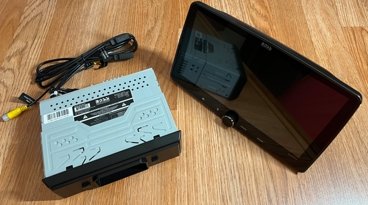


70 Comments
Horse-shit. No way the above photo happened through natural causes or proper care. Clearly the person was rubbing the hell out of it with God knows what. Also, less than 2K signs in 6 months? That's meaningless. A big percentage of those probably aren't even legit, and signed by trolls who don't even own the product. Yeah, this isn't a thing, no matter how hard blogs try to push it, including sites like this.
Looks like they used an acetone-based cleaner or something. I learned not to do that with my old 17" ColorSync back in the day. :/
Fortunately the issue isn't apparent when the screen is on.
That said some of the damage shown does not appear to be related to users carelessness (e.g. using corrosive cleaners), while other damage seems to have been worsened by rubbing or created by the user. Looking through the website shows quite a range of different faults, clearly they're not all from the same source.
While externally it may appear that Apple is silent on the issue, as with all other small-scale faults, Apple investigate to find out if there is a pattern (e.g a bad batch) and follow up accordingly. If there is a genuine fault they do their familiar recall/replacement programs.
What seems to be neglected is that the volume of computers sold by Apple (and other large companies) mean that when small scale faults like this do pop up. They represent a fraction-of-a-fraction of units, a figure that is actually below the threshold of natural wear and tear or natural user-error, and as such: quite a bit of investigating is needed, otherwise the programs get exploited by people who are not genuine.
It's not to sound apologist, but rather just a reflection of the reality of how these scenarios pan out. Also this isn't a new thing for antireflective coatings - all apple screens come with a printed warning (as do the manuals) instructing the user to only clean the screen with a moistened cloth.
[quote name="Slurpy" url="/t/187164/retina-macbook-pro-owners-plagued-by-supposed-screen-coating-damage-call-on-apple-to-take-action#post_2746727"]Horse-shit. No way the above photo happened through natural causes or proper care. Clearly the person was rubbing the hell out of it with God knows what. Also, less than 2K signs in 6 months? That's meaningless. A big percentage of those probably aren't even legit, and signed by trolls who don't even own the product. Yeah, this isn't a thing, no matter how hard blogs try to push it, including sites like this.[/quote] Horse shit ? Is that a technical term for it, yup putting horse shit on the screen would probably cause this damage.
Horse-shit. No way the above photo happened through natural causes or proper care. Clearly the person was rubbing the hell out of it with God knows what. Also, less than 2K signs in 6 months? That's meaningless. A big percentage of those probably aren't even legit, and signed by trolls who don't even own the product. Yeah, this isn't a thing, no matter how hard blogs try to push it, including sites like this.
People do crazy things. There are threads on the Apple Discussion Forums from users claiming their Apple Watch crystals scratched with no action on their part. Some actually used abrasives to get rid of the oleophobic coating they claimed was the problem. They said they rubbed hard for hours to get down to the actual sapphire. Complete nut jobs.